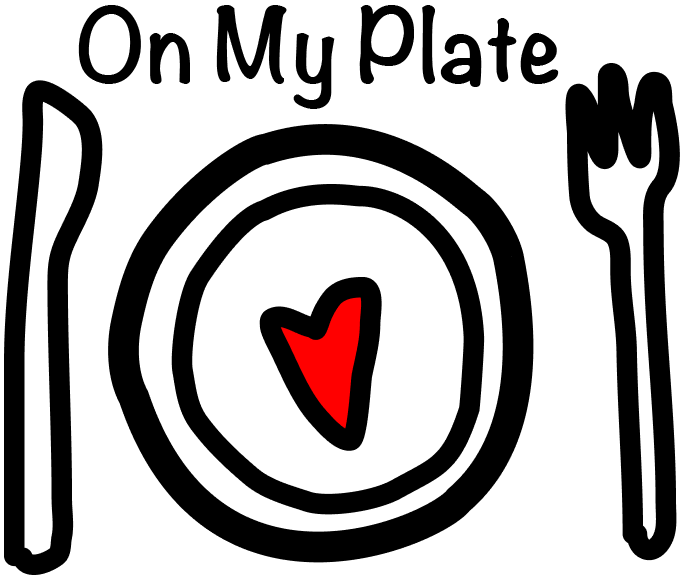Examining Erewhon’s expensive empire
By NADIA ANEES — nsanees@ucdavis.edu
Early on a Friday morning in Silver Lake, a neighborhood in Los Angeles, I walked through shiny, sliding glass doors painted with big letters reading “EREWHON.” It would be my first time inside the full-service organic produce market-cafe and the hottest influencer hangout in L.A.
Upon entering, I could see the “tonic bar” to my left, where a line of baristas were whipping up vibrant green smoothies and iced lattes with organic raw sprouted almond milk. Ahead of me was a fridge stocked with rows of multi-colored, fresh-pressed juices in Erewhon’s signature glass bottles, and further down, the famous Erewhon hot bar brimming with every veggie and meat option you could think of. Scents of fresh, tri-color roasted carrots, kale and white bean salad and tender salmon filets filled the air. In line stood many people with matching yoga sets and thick sunglasses. I felt I did not belong here, but I was loving every second of the experience.
Erewhon is known for having attracted a cult-like following of customers who are passionate about maintaining a very clean and active lifestyle. Walking around its narrow, tall aisles is an enlightening experience. You’ll find the latest trends in various wellness concoctions, like sea moss gel and ashwagandha-infused matcha powder. You will leave with a snack and interesting beverage in hand before realizing you’ve just spent $50.
Erewhon has declared itself as more than just a grocery store — it’s a lifestyle. As someone who is passionate about nutrition and healthy eating, I felt like I was standing in a little health food utopia — after all, that feels like the intent of the store. Although I certainly can’t shop for the bulk of my groceries from a store as expensive as Erewhon, walking around the store — or really any health food store (think Nugget Market, Sacramento Natural Foods Co-Op or even Davis Food Co-op) — brings about a euphoric feeling for me. It’s one of my favorite pastimes.
I also love Erewhon’s values. I agree that healthy, nourishing food can heal communities. But which communities are Erewhon really healing? There is a very specific, and frankly, privileged, demographic of people who can enjoy its luxury. This same demographic is perpetuating the narrative of what healthy ought to look and feel like.
While those who can afford the Erewhon lifestyle are being nourished and supercharged by organic kale and celery juices, others are being pushed lower and lower into food disparities. Take a look south of downtown L.A., and you’ll encounter a region classified as a “food desert” — an area with a 20% or higher poverty rate and in which one-third of the population lives more than a mile away from a supermarket.
I receive lots of joy and fulfillment through my health food store visits — but this access itself is a privilege. What about the people who don’t even know that a store like this exists, or who couldn’t imagine ever stepping foot inside?
The rise in popularity of healthier lifestyles and health food grocery stores is exciting — it means that there’s increasing energy and passion around building stronger, healthier, happier communities. But the trendiness of health food stores like Erewhon makes me pause and think about which communities are benefiting from these standards.
Written by: Nadia Anees — nsanees@ucdavis.edu
Disclaimer: The views and opinions expressed by individual columnists belong to the columnists alone and do not necessarily indicate the views and opinions held by The California Aggie.





